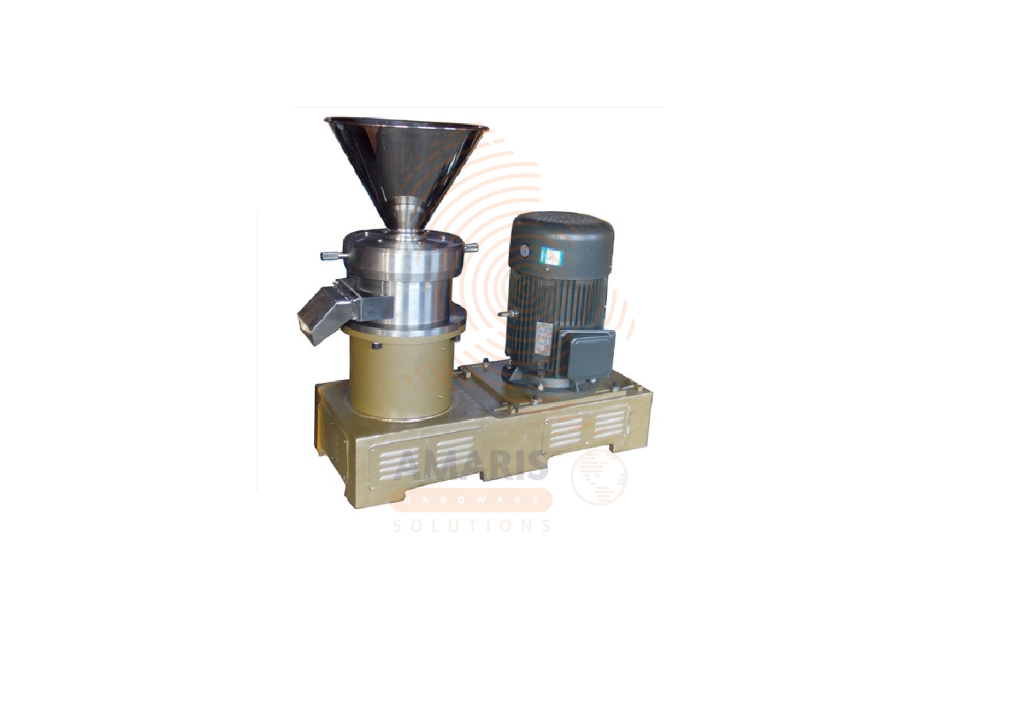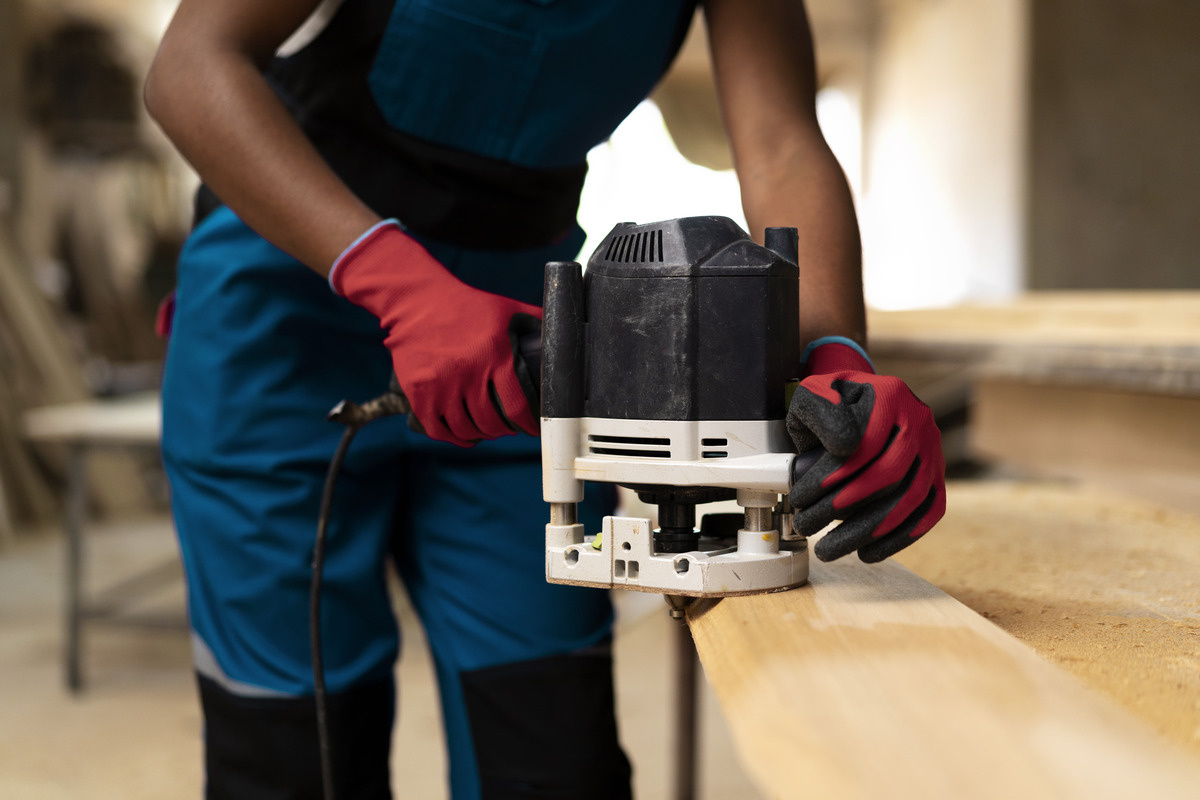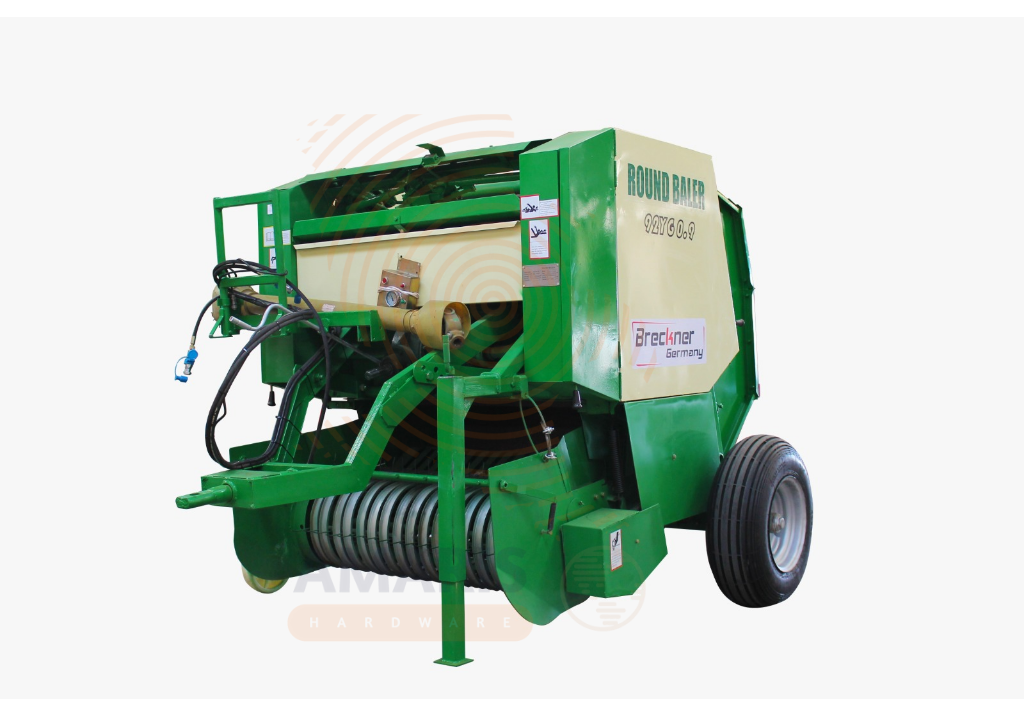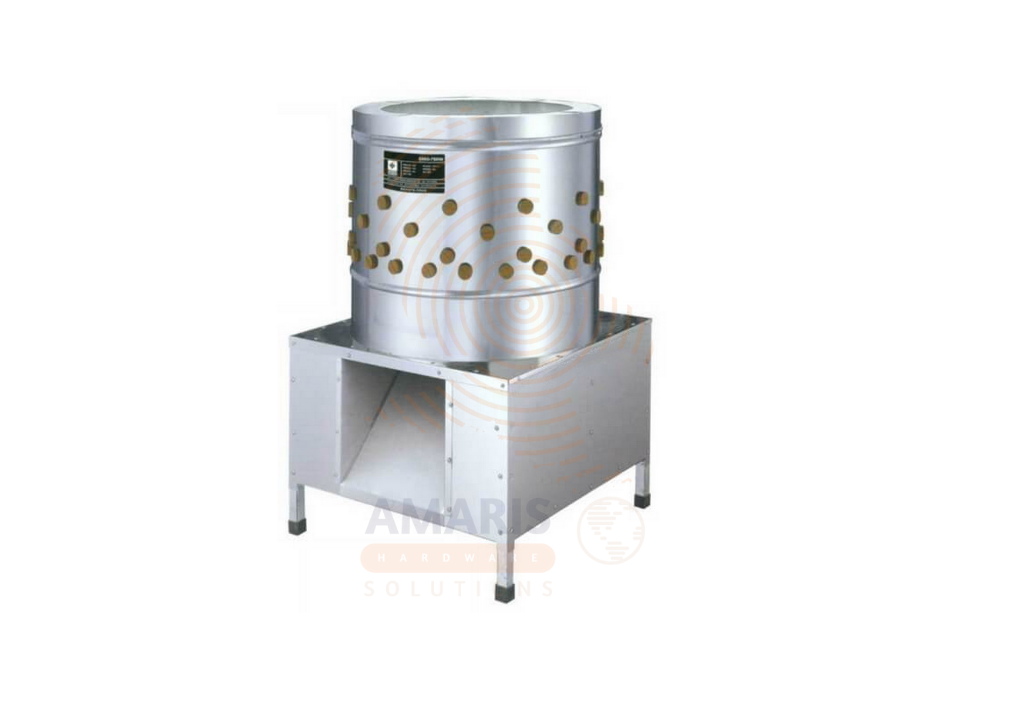“Power in Pellets: The Ultimate Guide to Pellet Machines” 🌾⚙️🔥

From animal feed production to sustainable fuel creation, the pellet machine is one of the most versatile and practical tools you can own. It might not get as much attention as a chainsaw or a power drill, but its role in farming, manufacturing, and even eco-friendly energy is nothing short of game-changing.
At Amaris Hardware Solutions, we’ve seen how the right pellet machine can transform small-scale operations into efficient, cost-effective production systems. Whether you’re a farmer, a small business owner, or an eco-conscious entrepreneur, understanding your pellet machine is the first step to unlocking its full potential.
What is a Pellet Machine? 🛠️
A pellet machine, also called a pellet mill, compresses powdered materials into small, dense pellets. This is done using a combination of pressure, heat, and a die mold.
Think of it like a waffle iron—but instead of cooking batter, it compacts materials such as grains, sawdust, or biomass into uniform shapes. These pellets are easier to store, transport, and use than loose raw material.
Common Uses 📋
- Animal Feed Production 🐓🐇 – Farmers use pellet machines to create uniform feed pellets for poultry, rabbits, cattle, and fish. This improves digestibility and reduces waste.
- Biomass Fuel Pellets 🌱🔥 – Wood, sawdust, and agricultural waste can be converted into eco-friendly fuel pellets for stoves and boilers.
- Fertilizer Pellets 🌾 – Compressing powdered fertilizer into pellets makes application easier and reduces dust loss.
- Recycling Applications ♻️ – Certain plastic and paper waste can be pelletized for reuse.
How It Works 🔄
A pellet machine operates in three main stages:
- Material Preparation – The raw material must be ground into fine powder and have the correct moisture content (usually around 10–15%).
- Pelletizing – The powder is fed into the machine, where rollers push it through a die under high pressure and temperature.
- Cooling & Packaging – Fresh pellets are hot and soft, so they’re cooled before being bagged or stored.
Types of Pellet Machines 🏭
- Flat Die Pellet Machines – Best for small-scale use; portable and affordable.
- Ring Die Pellet Machines – Ideal for large-scale production; high efficiency and output.
- Electric, Diesel, or PTO Driven – Choose based on your power availability and mobility needs.
Why Pellet Machines are a Smart Investment 💡
- Efficiency – Turn waste into valuable products.
- Cost Savings – Produce your own feed or fuel instead of buying it.
- Eco-Friendly – Reduce waste and promote renewable energy.
- Consistent Quality – Pellets are uniform in size and nutrient content.
Maintenance Tips for Longer Life 🧰
- Keep it Clean – Residue build-up can clog the die and rollers.
- Lubricate Regularly – Prevents wear and overheating.
- Check the Die and Rollers – Worn parts reduce pellet quality.
- Use Proper Material Preparation – Too much moisture or oversized particles can damage the machine.
Safety Reminders ⚠️
- Always wear gloves when handling hot pellets.
- Keep loose clothing away from moving parts.
- Never overload the machine—it can strain the motor and shorten its lifespan.
Why Choose from Us 🏬
At Amaris Hardware Solutions, our pellet machines are built for durability, efficiency, and consistent performance. Whether you’re starting with a compact flat die unit or scaling up to a commercial-grade ring die model, we’ll guide you to the right choice for your needs.
The Bottom Line ✨
The pellet machine is more than just a piece of equipment—it’s a tool for sustainability, efficiency, and profit. By converting raw materials into easy-to-use pellets, you reduce waste, save money, and open new possibilities for your business or farm.
From animal feed to eco-friendly energy, the humble pellet machine proves that small things—when packed tightly—can deliver big results.


 Acrylic Sealants
Acrylic Sealants Construction Adhesives
Construction Adhesives Double-Sided Tape
Double-Sided Tape Duct Tape
Duct Tape Electrical Tape
Electrical Tape Epoxy & Resins
Epoxy & Resins Masking Tape
Masking Tape
 Automotive Wrenches & Socket Sets
Automotive Wrenches & Socket Sets Battery Chargers & Jump Starters
Battery Chargers & Jump Starters Car Jacks & Stands
Car Jacks & Stands Car Wash & Detailing Products
Car Wash & Detailing Products Diagnostic Tools
Diagnostic Tools Tire Inflators
Tire Inflators Vehicle Lighting
Vehicle Lighting Oil & Lubricants
Oil & Lubricants
 Adhesives & Sealants
Adhesives & Sealants Bricks & Blocks
Bricks & Blocks Cement & Concrete
Cement & Concrete Drywall & Plaster
Drywall & Plaster Flooring (Tiles, Wood, Laminate)
Flooring (Tiles, Wood, Laminate) Lumber & Plywood
Lumber & Plywood Paints, Primers & Coatings
Paints, Primers & Coatings Insulation Materials
Insulation Materials Roofing Materials
Roofing Materials
 Circuit Breakers
Circuit Breakers Electrical Cables & Wires
Electrical Cables & Wires Switches & Sockets
Switches & Sockets Fuses & Relays
Fuses & Relays Connectors & Terminals
Connectors & Terminals Electrical Boxes & Panels
Electrical Boxes & Panels Conduit & Fittings
Conduit & Fittings Lighting Fixtures & Bulbs
Lighting Fixtures & Bulbs Extension Cords & Power Strips
Extension Cords & Power Strips
 Anchors
Anchors Bolts
Bolts Clips & Clamps
Clips & Clamps Screws
Screws Nuts
Nuts Washers
Washers Rivets
Rivets Nails
Nails Threaded Rods
Threaded Rods
 Hammers
Hammers Measuring Tools (Tapes, Levels, Calipers)
Measuring Tools (Tapes, Levels, Calipers) Screwdrivers
Screwdrivers Pliers & Cutters
Pliers & Cutters Saws & Blades
Saws & Blades Chisels & Punches
Chisels & Punches Allen Keys & Hex Keys
Allen Keys & Hex Keys Ratchets & Socket Sets
Ratchets & Socket Sets Wrenches & Spanners
Wrenches & Spanners
 Power Tool Accessories (Blades, Bits, Discs)
Power Tool Accessories (Blades, Bits, Discs) Rotary Tools
Rotary Tools Saws (Circular, Jigsaw, Reciprocating)
Saws (Circular, Jigsaw, Reciprocating) Drills & Drivers
Drills & Drivers Grinders & Sanders
Grinders & Sanders Heat Guns
Heat Guns Nail Guns
Nail Guns Impact Wrenches
Impact Wrenches Batteries & Chargers
Batteries & Chargers
 Pipes & Fittings (PVC, Copper, PEX)
Pipes & Fittings (PVC, Copper, PEX) Plumbing Tools
Plumbing Tools Pumps & Motors
Pumps & Motors Sealants & Adhesives for Plumbing
Sealants & Adhesives for Plumbing Valves & Taps
Valves & Taps Water Heaters
Water Heaters Drainage Systems
Drainage Systems Faucets & Fixtures
Faucets & Fixtures Hoses & Tubing
Hoses & Tubing
 Hinges & Latches
Hinges & Latches Hooks & Brackets
Hooks & Brackets Window Hardware
Window Hardware Chains & Cables
Chains & Cables Casters & Wheels
Casters & Wheels Shelving & Storage Systems
Shelving & Storage Systems Door Handles & Locks
Door Handles & Locks Drawer Slides & Cabinet Hardware
Drawer Slides & Cabinet Hardware
 Personal Protective Equipment (PPE)
Personal Protective Equipment (PPE) Respirators & Masks
Respirators & Masks Safety Glasses
Safety Glasses Safes
Safes Security Cameras
Security Cameras Gloves
Gloves Helmets
Helmets Ear Protection
Ear Protection Fire Safety Equipment
Fire Safety Equipment Locks & Padlocks
Locks & Padlocks Motion Sensors & Alarms
Motion Sensors & Alarms
 Garden Fencing
Garden Fencing Garden Furniture Hardware
Garden Furniture Hardware Lawn Mowers
Lawn Mowers Trimmers & Edgers
Trimmers & Edgers Shovels & Spades
Shovels & Spades Rakes & Hoes
Rakes & Hoes Pruning Shears & Loppers
Pruning Shears & Loppers Watering Systems (Hoses, Sprinklers, Nozzles)
Watering Systems (Hoses, Sprinklers, Nozzles)
 Interior Paints
Interior Paints Paint Brushes & Rollers
Paint Brushes & Rollers Paint Strippers & Thinners
Paint Strippers & Thinners Paint Trays & Accessories
Paint Trays & Accessories Exterior Paints
Exterior Paints Spray Paints
Spray Paints Primers & Undercoats
Primers & Undercoats Varnishes & Stains
Varnishes & Stains
 Gaskets & Seals
Gaskets & Seals Hydraulic Fittings
Hydraulic Fittings Industrial Fasteners
Industrial Fasteners Industrial Hoses
Industrial Hoses Lubricants & Greases
Lubricants & Greases Metal Sheets & Bars
Metal Sheets & Bars Bearings & Bushings
Bearings & Bushings Belts & Pulleys
Belts & Pulleys
 HVAC Filters
HVAC Filters Insulation for HVAC
Insulation for HVAC Air Conditioners
Air Conditioners Refrigerants
Refrigerants Ventilation Ducts & Fittings
Ventilation Ducts & Fittings Thermostats & Controllers
Thermostats & Controllers Fans & Blowers
Fans & Blowers
 Pegboards & Hooks
Pegboards & Hooks Shelving Units
Shelving Units Storage Bins & Containers
Storage Bins & Containers Toolboxes & Tool Chests
Toolboxes & Tool Chests Workbenches
Workbenches Drawer Organizers
Drawer Organizers Labeling Supplies
Labeling Supplies
 Welding Accessories (Clamps, Brushes)
Welding Accessories (Clamps, Brushes) Welding Electrodes & Rods
Welding Electrodes & Rods Welding Helmets & Gloves
Welding Helmets & Gloves Welding Machines
Welding Machines Soldering Irons & Stations
Soldering Irons & Stations Flux & Solder Wire
Flux & Solder Wire
 Generator Accessories
Generator Accessories Inverters
Inverters Portable Generators
Portable Generators Power Inverters
Power Inverters Transfer Switches
Transfer Switches Diesel & Gasoline Generators
Diesel & Gasoline Generators
 Transport Equipment: Carts, Dollies, and Hand Trucks
Transport Equipment: Carts, Dollies, and Hand Trucks Storage Solutions: Pallets, Racks, and Containers
Storage Solutions: Pallets, Racks, and Containers Lifting Equipment: Hoists, Cranes, and Jacks
Lifting Equipment: Hoists, Cranes, and Jacks Conveyors and Accessories: Belts and Rollers
Conveyors and Accessories: Belts and Rollers





